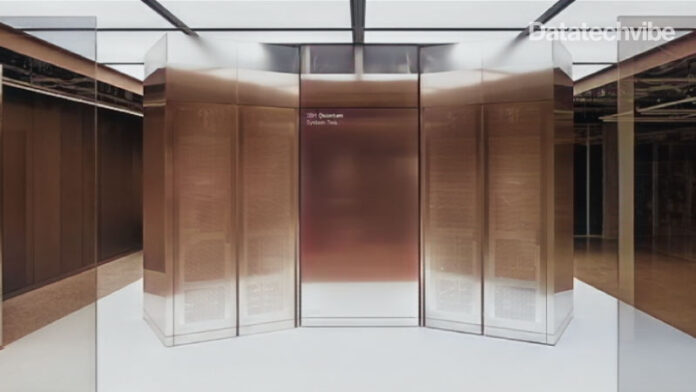IBM Debuts Next-Generation Quantum Processors, Extends the Roadmap to Quantum Utility and Generative AI
IBM debuted ‘IBM Quantum Heron,’ the first in a new series of utility-scale quantum processors with an architecture engineered over the past four years to deliver IBM’s highest performance metrics and lowest error rates of any IBM Quantum processor to date.
IBM also unveiled IBM Quantum System Two, the company’s first modular quantum computer and the cornerstone of IBM’s quantum-centric supercomputing architecture. The first IBM Quantum System Two, located in Yorktown Heights, New York, has begun operations with three IBM Heron processors and supporting control electronics.
With this critical foundation now in place, along with other breakthroughs in quantum hardware, theory, and software, the company extends its IBM Quantum Development Roadmap to 2033 with new targets to significantly advance the quality of gate operations, further increasing the size of quantum circuits for allowing them to run and help to realise the full potential of quantum computing at scale.
“We are firmly within the era in which quantum computers are being used as a tool to explore new frontiers of science,” said Dario Gil, IBM SVP and Director of Research.
“As we continue to advance how quantum systems can scale and deliver value through modular architectures, we will further increase the quality of a utility-scale quantum technology stack – and put it into the hands of our users and partners who will push the boundaries of more complex problems.”
IBM Quantum System Two is a building block for IBM’s vision of quantum-centric supercomputing. This architecture combines quantum communication and computation, assisted by classical computing resources, and leverages a middleware layer to integrate quantum and classical workflows appropriately.
As part of the expanded IBM Quantum Development Roadmap, IBM plans for this system to gradually improve the quality of operations they can run, further extending the complexity and size of workloads.
IBM also detailed the plans for Qiskit Patterns that will allow quantum developers to create codes in a matter of minutes. It will allow them to build, deploy, and execute workflows integrating classical and quantum computation in different environments, such as cloud or on-prem scenarios. These tools will provide building blocks for users to build and run quantum algorithms effortlessly.
IBM also plans to integrate generative AI available through watsonx, IBM’s enterprise AI platform to help automate the development of quantum code for Qiskit. This will be achieved through the finetuning of the IBM Granite model series.
“Generative AI and quantum computing are both reaching an inflection point, presenting us with the opportunity to use the trusted foundation model framework of watsonx to simplify how quantum algorithms can be built for utility-scale exploration,” said Jay Gambetta, Vice President and IBM Fellow at IBM. “This is a significant step towards broadening how quantum computing can be accessed and put in the hands of users as an instrument for scientific exploration.”
With advanced hardware across IBM’s global fleet of 100+ qubit systems, as well as easy-to-use software that IBM is debuting in Qiskit, users and computational scientists can now obtain reliable results from quantum systems as they map increasingly larger and more complex problems to quantum circuits.









